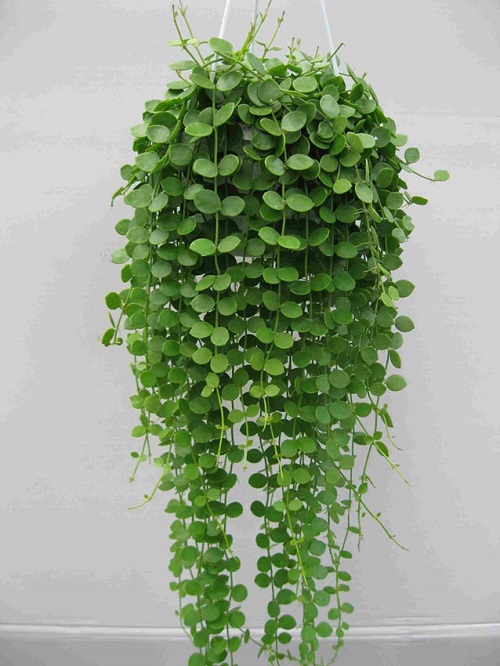If easy-to-grow trailing houseplants are what you are looking for, then you are at the right place. Here is How to Grow Dischidia Indoors!
Dischidia is an epiphytic dogbane plant that can be grown as a houseplant and used for Christmas decorations as wreaths. Learn How to Grow Dischidia Indoors for a lush tropical display with minimal effort!
- Popular as Ant Plants
- Dischidia has a wide number of species, all resembling a similar look.
- Some specimens are fast growers and need regular pruning to keep in check.
- Prefers a humid atmosphere with filtered sunlight
- Does not appreciate wind or sudden drafts
- Gradually gaining popularity as a houseplant
Learn about Growing Philodendron Florida Ghost Indoors here
Dischidia Information
Originating from the tropical spots of China, India, and Bhutan, this is a variety of the milkweed family Apocynaceae. Noted for its thick, water-holding fleshy foliage, Dischidia requires little maintenance, making it perfect as a houseplant.
Dischidia is also called the Ant Plant because of its symbiotic relationship with ants. The leaves give the ants a space for housing or storage in return for pollination. The cascading plant looks beautiful, dangling from hanging baskets, and can be displayed in terrariums as well.
Find the Best Indoor Succulents here
Dischidia Propagation
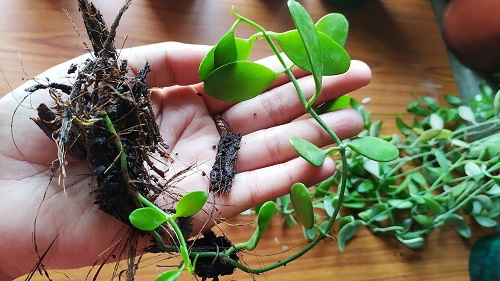
Propagation by stem cutting is a convenient way to grow Dischidia. From a full-grown plant, slit a couple of stems with sterile scissors and let them be callous for a few days. Plant the stems in sphagnum moss. Keep the moss moist and place it in a spot with indirect sunlight and light wind. New roots will appear in a couple of weeks, after which you may shift the plant to its ultimate site.
Learn about Growing Earth Star Plant Indoors here
Ideal Pot Size for Dischidia
Dischidia, for its distinct look and epiphytic nature, makes for a beautiful hanging plant. Get a hanging basket with drainage holes with a diameter of roughly 15 – 20 cm / 6 – 8 inches to display its beautiful stems dangling down the container. You can also display it beside your bookshelf or a wall mount shelf in showy planters as an eye-catching decor piece.
Look at some Brilliant Indoor Window Planter Ideas here
Requirements for Growing Dischidia
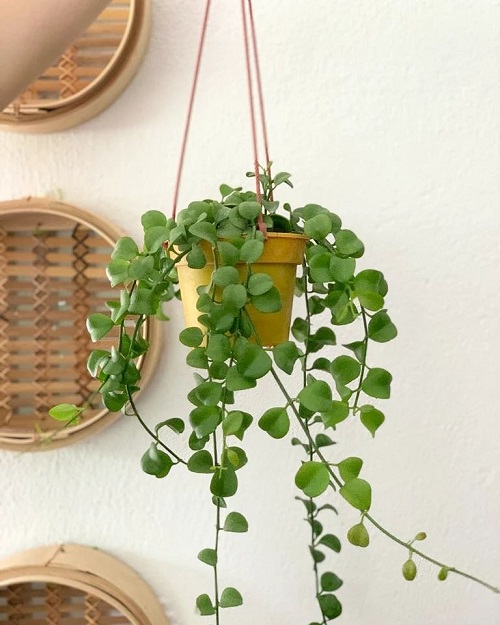
Light
Dischidia prefers moderate to bright light. However, it can also tolerate a few hours of direct morning sunlight. All Dischidia varieties are adapted to grow in rainforests under the dense canopy, so avoid keeping them in natural light for too long, which may burn their waxy foliage. They can tolerate a few hours of direct sunlight if watered well.
Soil
Plant the Dischidia in loose, well-drained potting soil with high nutrient and organic content. The drained soil will help ensure the plant has enough oxygen and water drainage. A blend of coco coir, peat, perlite, pumice, and orchid bark will do well. It is also essential to ensure that the soil has a slightly acidic pH (5.5 – 6.5).
Temperature and Humidity
The ideal temperature for the Ant Plant is somewhere between 65 – 75°F/ 18 – 24°C. It is tolerant to a level of heat but not freezing weather. Remember to keep the plant away from air conditioner vents.
This plant is adapted to tropical rainforests, so humidity levels need to be high, somewhere around 50-60 %. You may place it near a cluster of houseplants to ensure humidity. Other measures are using the pebble tray technique, humidifiers, or misting the plant.
Water
This plant neither requires frequent watering nor can it tolerate constantly moist soil. Allow the soil to dry completely before watering thoroughly, and water according to the weather. Watering too frequently can cause the root system to rot. If kept in direct sunlight for a few hours during the day, water a little more than usual.
Find the Best Purple Indoor Plants here
Dischidia Care
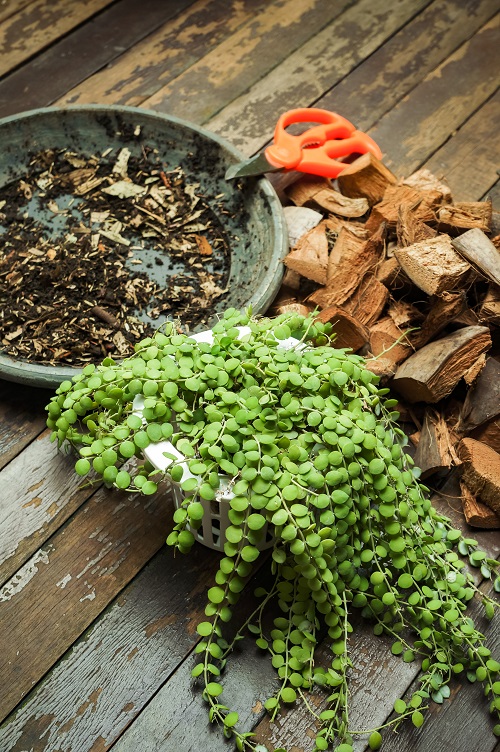
Fertilizer
Even though Dischidia can do without fertilizer, it is beneficial to fertilize plants to improve growth. Use slow-release, liquid feed, diluted to 1/4th its strength once a month. Remember to fertilize only during the growing months, i.e., spring and summer, and not when the development is inactive, i.e., winters.
Pests and Diseases
Dischidia is susceptible to aphids, spider mites, whiteflies, and mealybugs. The reason might be overwatering or dense soil with no space for drainage and ventilation. Homemade bug sprays like neem oil spray or rubbing alcohol and dish wash work well to eliminate these pests.
If the condition gets worse, use a potent fungicide. The diseases that the plant gets are fungi – rusts, and botrytis. Visually, they make the plant dull and brown or yellow with black or brown dots. Cut the dead leaves and use a fungicide to eliminate the disease.
Support and Trellis
If growing Dischidia indoors, you will need to provide adequate support for the plant. Make sure the plant has plenty of space to grow. It can be grown in a hanging basket or container, and the stems can be wrapped around the basket for support. You will also need to provide a trellis to help the plant grow tall and slender and support it to mimic its native conditions.
Look at some Gorgeous Snake Plant Varieties here
Best Dischidia Varieties
1. Dischidia ovata

Dischidia ovata gets its name from its ovate leaves and its common name from the veins that resemble a watermelon’s exterior design. Its attractive appearance and glossy, round leaves add a unique texture to any decor.
2. Dischidia nummularia
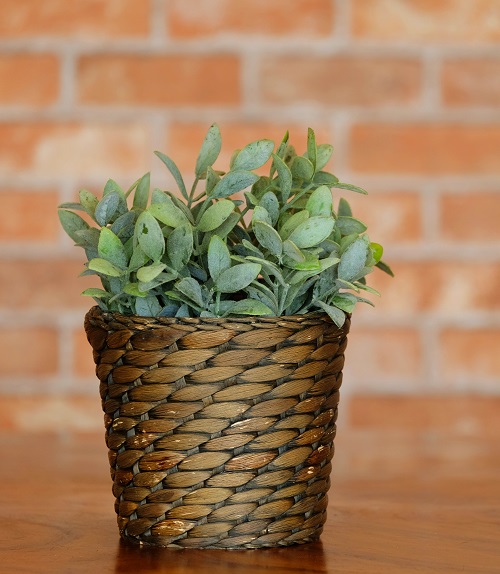
The resemblance of the leaves of this variety to coins led to its species name, nummularia, and its common name—String of Nickels. The thick, round green leaves of this creeping plant look appealing. Being a Dischidia cultivar, it is drought tolerant.
3. Dischidia oiantha
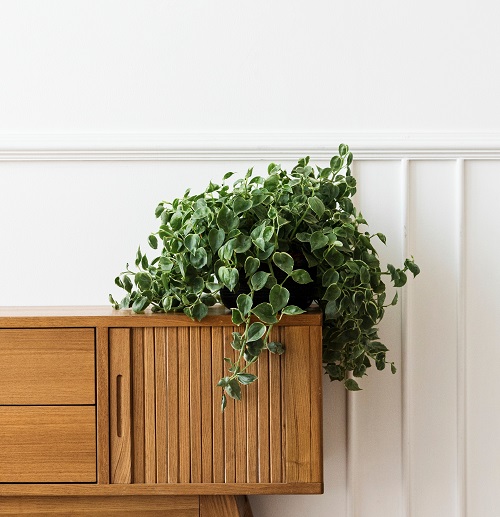
Dischidia oiantha has long, thin elliptic leaves with a pendant growth habit. Prune the plant regularly to maintain its shape.
4. Dischidia hirsuta

This creeping variety of Dischidia has hairy stems, which fade away as it grows. The thick, fleshy, leather-like egg-shaped green leaves contain latex, and some fuzz, like the stems.
5. Dischidia ruscifolia

Popular as the Million Hearts Plant, Dischidia ruscifolia got its name from the heart-shaped mini succulent leaves that line across its thin cascading stems. The plant looks like a million green hearts tucked together from a distance.
6. Dischidia imbricata

Native to Southeast Asia, Dischidia imbricata is a shingling plant that clings closely to the host plant and may even have leaves that are completely flat, like roof shingles.
7. Dischidia pectinoides

Dischidia Pectinoides is known for its small red flowers. Its pouch-like modified leaves are hollow, making it the best ornamental plant indoors.
8. Dischidia platyphylla

Dischidia platyphylla is native to the Philippines. It is popular for its flattened leaves, which may cling in a shingle-like way. It grows to 6 feet long, and some of its foliage is small, grayish-green, and oval.

